The carrier expects to take delivery of the new widebody planes between 2024 and 2032 and can choose among the 787-8, 9 or 10 models, providing flexibility to support a wide range of routes, according to United.
United CEO, Scott Kirby, said the historic purchase is the next chapter in the ambitious United Next plan and “will bolster the airline’s leadership role in global travel for years to come”.
The Dreamliner order has also come alongside another major purchase by United, with the carrier exercising options to purchase 44 Boeing 737 MAX aircraft for delivery between 2024 and 2026 and ordering 56 more MAX aircraft for delivery between 2027 and 2028.
Kirby said the airline now expects to take delivery of about 700 new narrow and widebody aircraft by the end of 2032, including an average of more than two every week in 2023 and more than three every week in 2024.
“United emerged from the pandemic as the world’s leading global airline and the flag carrier of the United States,” he said.
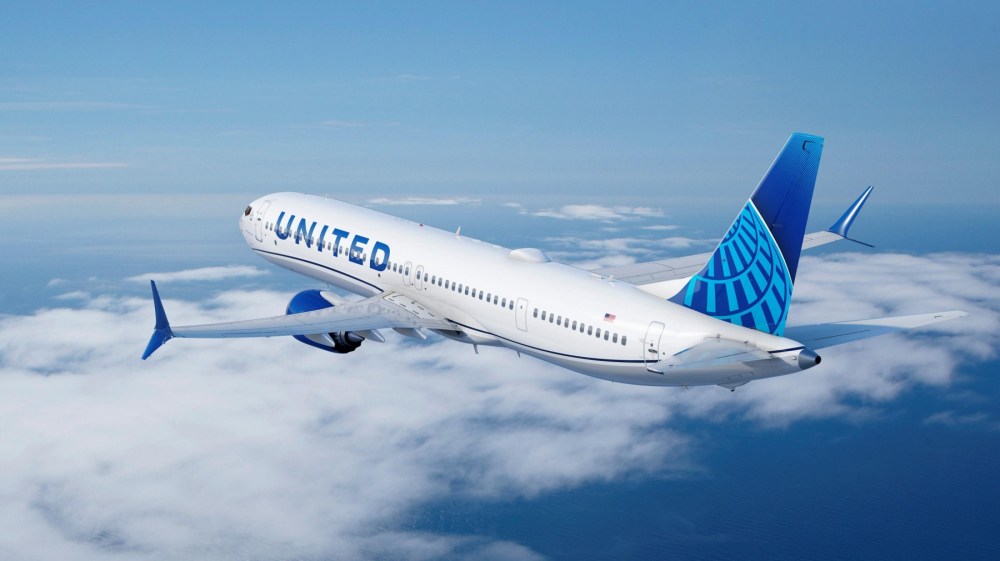
“This order further solidifies our lead and creates new opportunities for our customers, employees and shareholders by accelerating our plan to connect more people to more places around the globe and deliver the best experience in the sky,” Kirby said.
Additionally, Kirby said United continues its “unprecedented effort” to upgrade the interiors of its existing fleet.
More than 90% of the carrier’s international widebodies now feature the United Polaris business class seat, as well as United Premium Plus seating and upgrades for the remaining aircraft will be completed by the summer of 2023, according to the carrier.
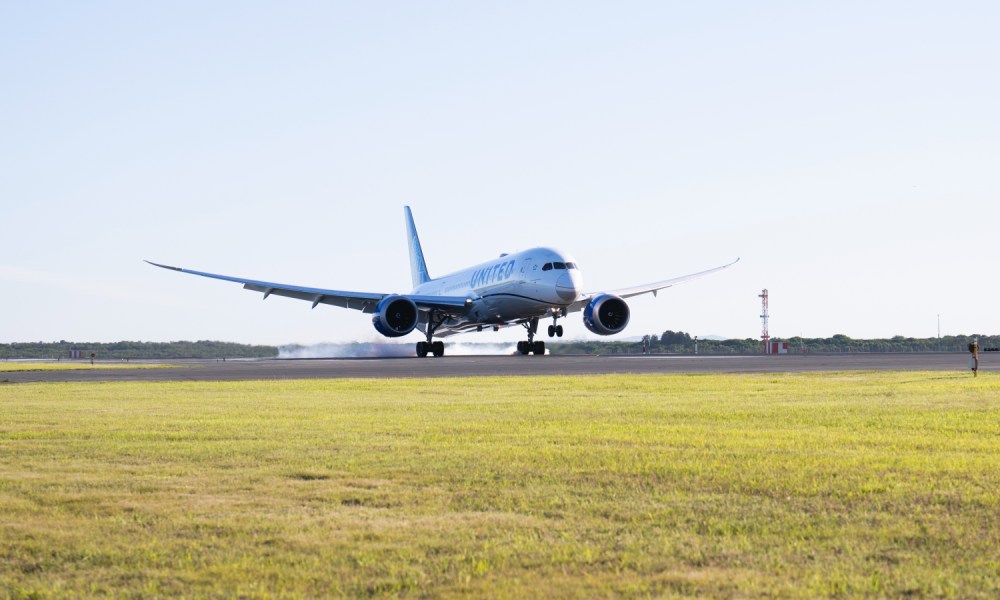
The carrier has also announced it will retrofit 100% of its mainline, narrow-body planes with its signature interior, with about 100 aircraft are scheduled to be completed in 2023 with the remaining expected to be completed by the end of 2025.
Approximately 100 planes of the new widebody order are expected to replace older Boeing 767 and Boeing 777 aircraft, according to the carrier, with all 767 aircraft removed from the United fleet by 2030, resulting in up to an expected 25% decrease in carbon emissions per seat for the new planes compared to the older planes they are expected to replace.
According to United, the firm order for 787 aircraft addresses United’s current widebody aircraft replacement needs through the next decade alongside financial upsides – their greatly improved maintenance and fuel burn economics will further United’s efforts to improve its overall cost profile – while at the same time, the 787 options allow the carrier to continue to grow its global network.

“This order solves for our current widebody replacement needs in a more fuel-efficient and cost-efficient way, while also giving our customers a best-in-class experience,” said United’s EVP and Chief Financial Officer, Gerry Laderman.
“And if the future of long-haul flying is as bright as we think it will be, United is able to capitalize on those opportunities by exercising these new widebody options – I look forward to the incremental margin and earnings these aircraft will generate.”
In the last two years alone, United added 13 new international destinations, 40 new international routes and extra trips to 10 existing international routes.

The expansion includes the launch of San Francisco to Brisbane for the first time and additional services to London-Heathrow, where the airline added five new daily flights, for a total of 23 daily flights planned for summer of 2023, including an hourly shuttle there from New York/Newark.
“Our widebody fleet will be re-energized by these new 787 deliveries and further strengthen what we do best: connect people and unite the world with modern, customer friendly and fuel-efficient aircraft,” said United’s EVP and Chief Commercial Officer, Andrew Nocella.
“United is uniquely positioned to capture international travel demand thanks to our global network, fleet size and gateway hubs.
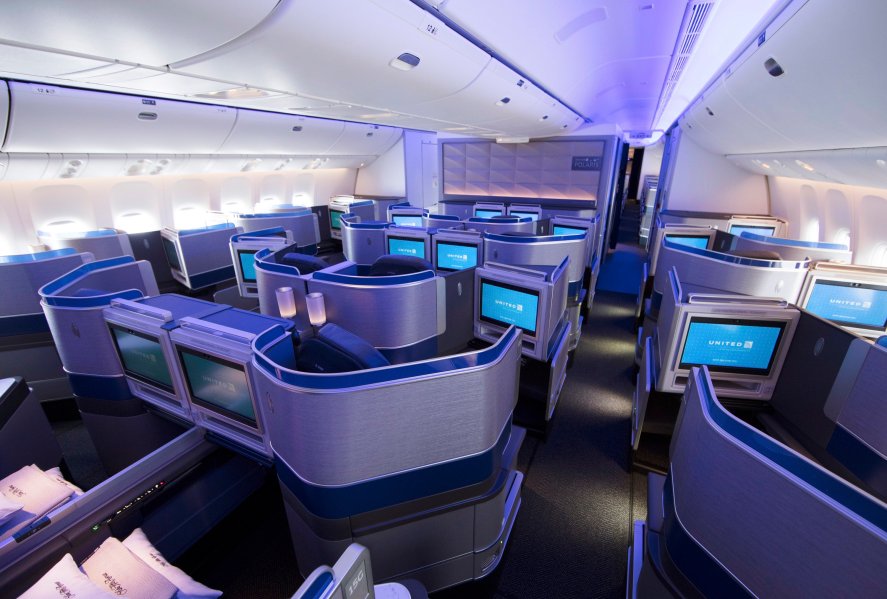
“This combination represents a significant advantage for our business for years to come and another reason for business and leisure customers to choose United.”
This past summer United became the largest airline between the U.S. and the Atlantic region, consisting of Europe, the Middle East, India and Africa.
Earlier this year, United kicked off the largest transatlantic expansion in its history with the launch of ten new flights – including to several places no other North American carrier serves like Amman, Jordan; Tenerife, Canary Islands; Ponta Delgada, Azores and Mallorca, Spain.
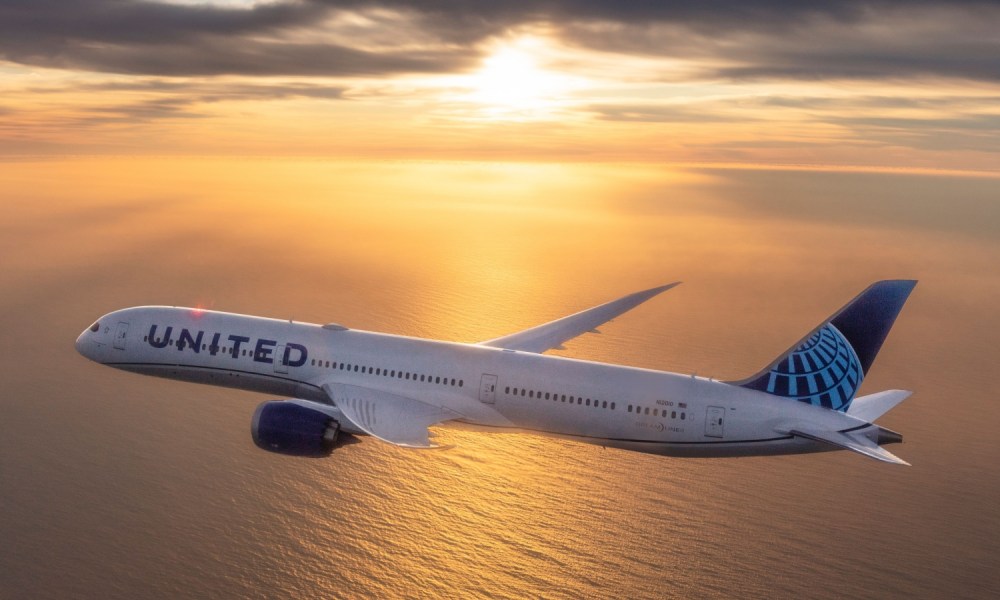
Next summer, United’s Atlantic expansion will continue with new service to three cities – Malaga, Spain, Stockholm, Sweden; and Dubai, UAE – as well as six more flights to some of the most popular destinations in Europe, including Rome, Paris, Barcelona, London, Berlin and Shannon.
In total, United will fly nonstop to 37 cities in Europe, Africa, India and the Middle East next summer, more than all other U.S. airlines combined.
United is also the largest carrier from the U.S. across the Pacific and will serve 20 transpacific routes at the beginning of 2023, with more returning throughout the year. Excluding Mainland China and Hong Kong, United’s capacity across the Pacific will exceed 2019 levels next year, according to the carrier.
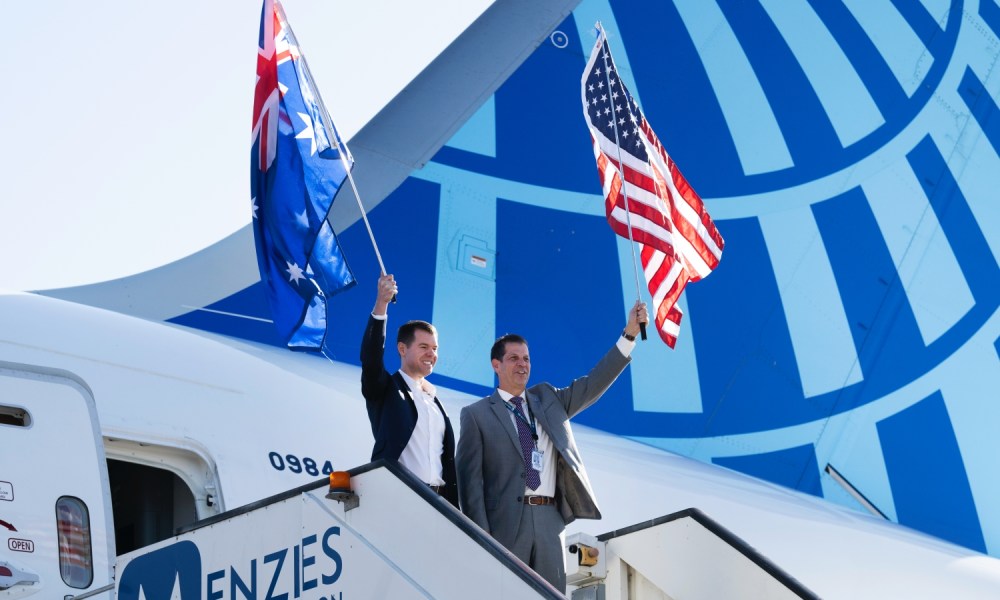
The most notable expansion in this region has been in the South Pacific, and in Australia in particular.
United was the only airline to operate continuously between the U.S. and Australia during the pandemic, maintaining a vital supply chain link and helping families stay connected.
“As Australia gears up for its first full southern summer tourist season in nearly three years, United will have more flights connecting Australia and the U.S. than any other airline,” according to the carrier.
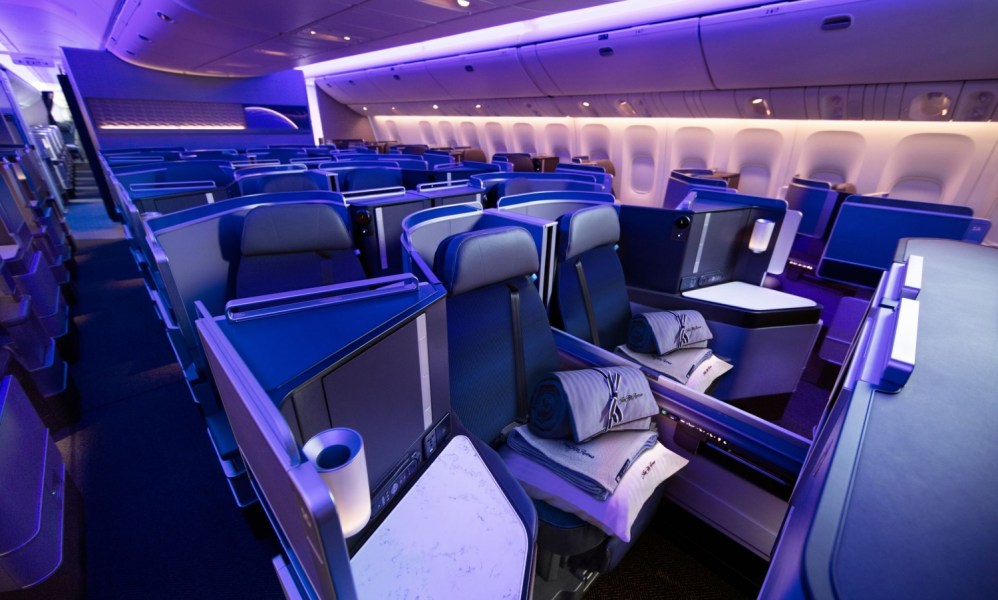
United offers a total of six nonstop routes that link Australia’s three largest cities – Sydney, Melbourne and Brisbane – with three key U.S. tourist and trade hubs – San Francisco, Los Angeles and Houston.
Plus, the recently launched codeshare partnership with Virgin Australia also allows travelers to make easy connections to more than 20 additional cities within Australia, helping support the country’s broader economic recovery.
United also continues to build back other transpacific services. In January 2023, the airline plans to fly 48 times per week from the Continental U.S. to Japan, including new service from Newark/New York to Haneda and the relaunch of San Francisco to Osaka.